Masters Series

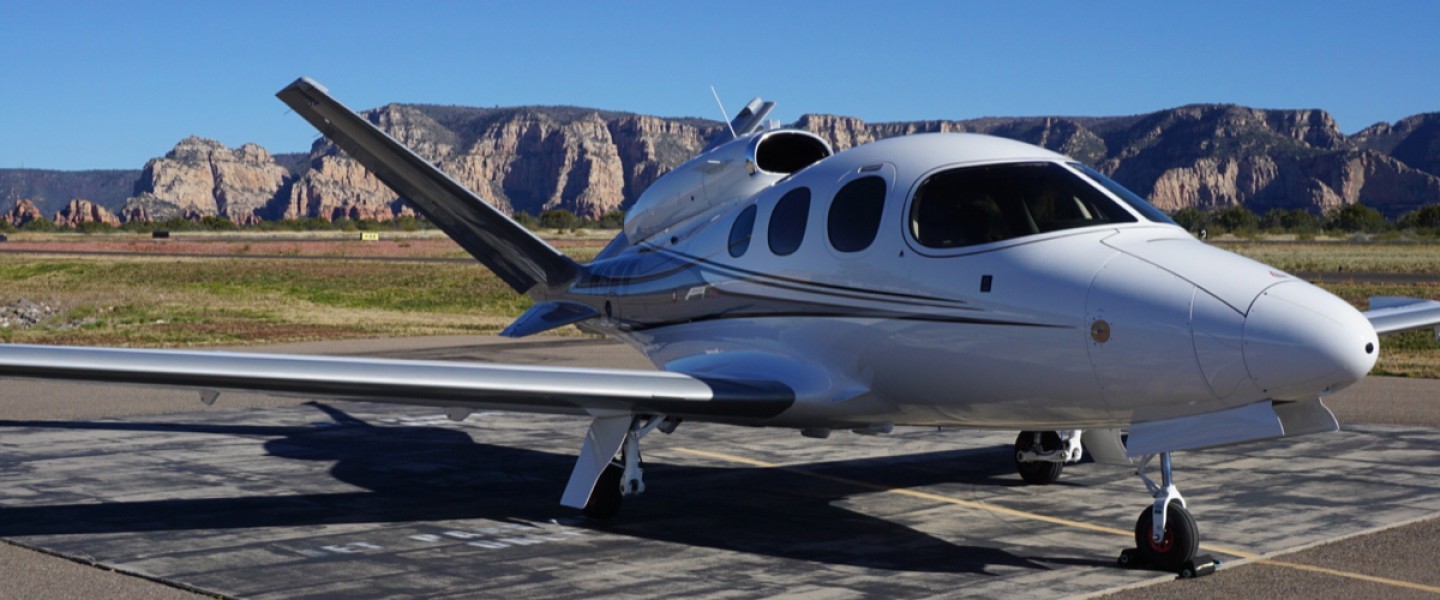
A good pilot knows his or her limitations. A great pilot knows that learning never ends.
At Performance Flight we believe pilots should continually broaden their knowledge base and set new goals to achieve the highest level of proficiency.
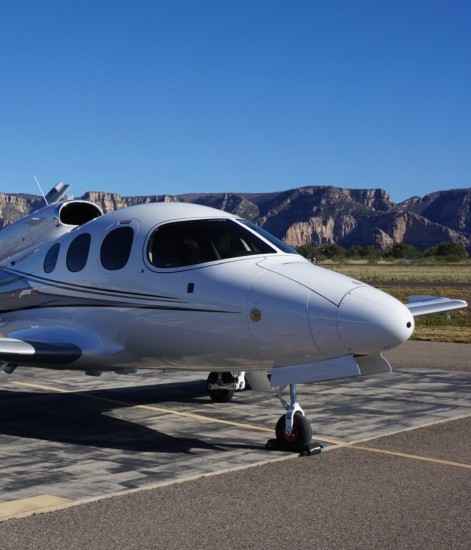
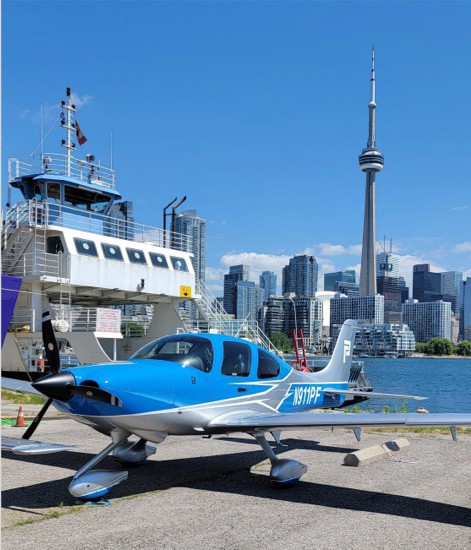

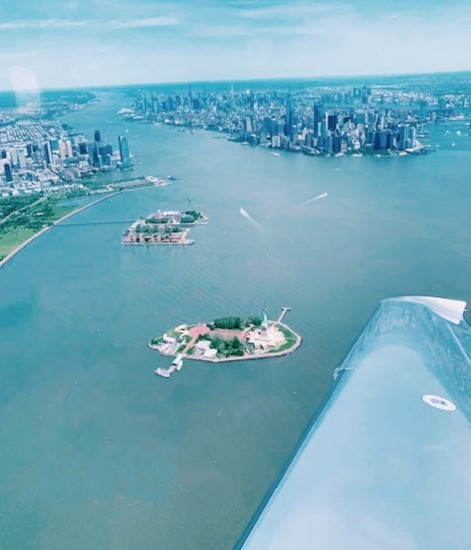
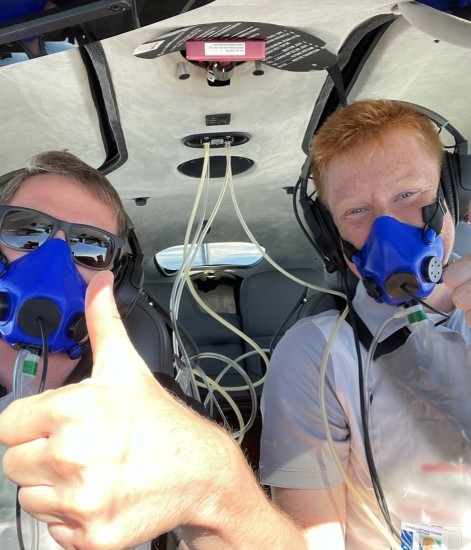

Mountain Flying
Mountain flying opens up new opportunities for the general aviation pilot providing for unique and interesting destinations and views of spectacular scenery. From New York to Vermont? No Problem! However, mountain flying, even more so than flights in the flatlands, is very unforgiving of poor training and planning. There's a narrow window of safety that an untrained pilot can easily stray from without the experience and knowledge gained from a mountain flying training program.
Any mountainous area can present its challenges, not just the tallest peaks of the Rockies. This course, through ground school and flight instruction, will cover the information needed to make informed decisions as to when and how to attempt mountain flying whether it be in the mountains of New England, down the Appalachians, or a flight into or through the Rockies or Sierra Nevada. As with all of our pilot courses, scenario-based training is used to create proper aeronautical decision making along with risk assessment and management.
Performance Flight’s Mountain Course will take you through 14 modules covering a full day of ground school and flight instruction with our Standardized Instructors. The flight portion will involve flying a Cirrus SR20 or SR22 aircraft to and from an airport located in a nearby mountainous region. You’ll move through topics such as density altitude, aircraft performance, route planning, terrain awareness, mountain wave turbulence, canyon flying, and physiological factors. Flight scenarios will deal with high-density altitude takeoffs and high airport elevation landings along with an en-route flight over higher terrain.

International Flight Operations
The thought of flying to Canada, The Bahamas, or Mexico has been on your mind for a while but since you’ve never flown internationally before, the trip there and back seems daunting. The Performance Flight Master Pilot Course on International Operations will show you that conducting these types of international flights doesn’t involve much more planning than a regular domestic cross-country flight. Our International Operations Course will take you through six modules, culminating in an international flight of your choice.
When flying internationally, the biggest change in recent years is the requirement for pilots to provide more detailed information on the aircraft and passengers departing and entering the U.S. The U.S. Customs and Border Patrol created eAPIS (Electronic Advanced Passenger Information System). We’ll guide you through the process of establishing an eAPIS account and show you how easy it is to use.
We cover both VFR and IFR procedures, and you can choose to train in a Cirrus SR20 or SR22 aircraft. You’ll move through topics involving the required documents and items that must be with the pilot, passengers, and the aircraft. Canada, Mexico, and The Bahamas have subtle differences as to procedures and requirements. You’ll learn how to prepare for travel to each destination. We’ll also teach you how to properly plan and execute an international flight plan for leaving and entering the United States. Scenario based training exercises will allow you to develop proper judgment, decision making, and risk management skills. Our instructors are highly adept in the relevant procedures.

Short Field Operations
With over 5,000 airports in the United States, many have short runways requiring different procedures for takeoff and landing. In this course you’ll learn how to master those runways, gain access to short fields, and expand your flying opportunities. With a stronger knowledge of topics such as density altitude, weight and balance, and runway conditions, you’ll be able to confidently and accurately determine the minimum runway length for takeoff and landing.
On the ground you’ll review performance data for the aircraft and enhance your understanding at a deeper level. In flight you’ll hone your skills on airspeed control and practice landing exactly where you want the wheels to touch down. As your skills improve, you’ll tackle shorter and shorter runways, helping you understand your own personal limitations. You’ll also learn how to operate on very narrow runways including procedures for dealing with the unexpected.

Hudson River Corridor
The New York City Hudson River Corridor is one of the most exciting places to fly. Not only does it provide breathtaking views of Manhattan and the Statue of Liberty, but also serves as an effective route to navigate through the New York airspace. During this course we’ll review aircraft equipment requirements, visual reporting points, communication techniques, and the special protocols that exist uniquely for the Hudson Corridor. You’ll then hit the skies and fly the corridor with a professional pilot.

High Altitude Operations
The ability to fly at higher altitudes can offer a smoother ride, clearance over weather or mountains, and shorter travel times due to increased tailwinds. You’ll learn about physiological considerations such as hypoxia and the use of oxygen at higher altitudes. Using a pulse oximeter, you’ll gain an appreciation for how your own body reacts to decreased oxygen. This course is required prior to using oxygen in any of our Cirrus aircraft that has a built-in oxygen system.





